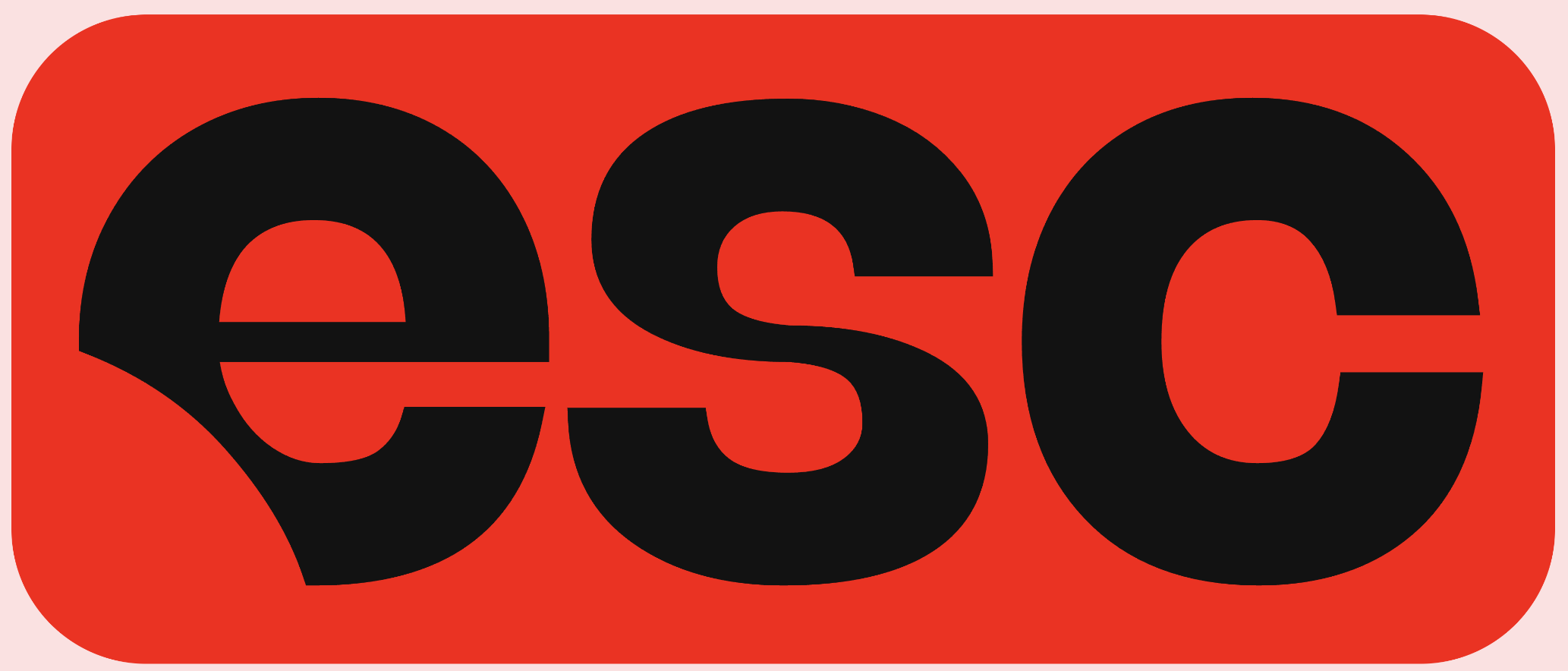Bureau
The ESC KEY .CO Bureau is an editorial consultancy by JD Shadel for “innovative” and “disruptive” clients who know the best way to stand out from the pack is to never call yourself that — or put office pics on your website.

→ TL;DR briefing: A quickie overview of why you should say hello.
→ About the Bureau: We introduce you to our villain, boring content.
→ Testimonials: JD Shadel has worked with people who say nice things.
→ How we help you: 5 services that help you earn attention the right way.
→ Our approach: We have a distinct philosophy on this very online era.
TL;DR briefing:
Be obvious! Be everyone else! Be ignored!
Actually, please don't! Clients who want to get attention for the right reasons team up with the ESC KEY .CO Bureau, an editorial consultancy by JD Shadel, who also runs this new media outlet (more on that here). Clients get:
- Editorial leadership to earn attention and reach the right audience.
- Message architecture that gives people good reasons to care.
- Multimedia storytelling that works across channels and contexts.
- Strategic guidance from someone who's led award-winning teams.
- Thoughtful writing that makes complex ideas clear and fresh.
- Vintage GIFs from the early internet era like this GIF of a disco ball:

After seeing that disco ball GIF, you've probably decided you want to, well, groove with us, right? If yes, send an email. If not yet, read on for five ways to consult the Bureau and the five “rights” of editorial strategy. Why five of each? Why not?
About the Bureau:
Editorial services for clients who get the edge
Ready to hit the escape key, philosophically speaking, on generic approaches to “content,” “content marketing” and “content strategy”?! Then you might want to bring on JD Shadel as your fractional Chief Editorial Officer (wink). Based in London and friends with a network of talented collaborators, Shadel and .CO work with media outlets and clients across, well, cyberspace.

Meet our villain: boring, generic “content”
The internet is in a growing crisis of boring and synthetic “content.” And is there anything that sounds more boring than “synthetic content,” anyway? Countering that is what the ESC KEY .CO Bureau is all about: audience-first editorial strategy for clients who want to zag, to quote copy legend Barbara Noakes.
Saying editorial instead of content isn't merely semantics. It's about strategically differentiating yourself from everything generic — humanizing your voice and clarifying your point of view so you earn attention.
That's where ESC KEY .CO comes in. After a decade of working with some of the top media brands in the business and leading award-winning teams, Shadel started ESC KEY .CO because they craved a fresh forum to discuss the forces disrupting our lives and creative careers — with a distinct style and viewpoint on the world.
As Shadel grows ESC KEY .CO, they’re opening up availability to a select number of likeminded clients for editorial strategy and creative leadership services.
In other words, the Bureau is currently a Bureau of one — i.e., Shadel, your nimble coconspirator when you seek a fresh take.
But we're not alone! We can economically and thoughtfully scale up remote teams from our network of likeminded freelancers to suit your budget and needs.

You don't “quick win” attention — you earn it
Independent in spirit but always looking for cool collaborators, Shadel leverages their extensive expertise in journalism, editorial direction and digital strategy to support clients who share this ethos: if you want to earn people’s attention, you have to give them a reason to be interested in you.
Put differently, if you want to cut through the noise, you have to be more original than noise. You can’t “quick win” yourself there, either.

Your, well, escape from the obvious
Email JDTestimonials:
Who JD Shadel has worked with
From top-line editorial direction through to trend consulting and writing, Shadel has led and contributed to projects honored by the Webby Awards, US Travel Association, AIGA, NATJA, AMA PDX and others. And they bring their distinct point of view to clients near and far.
Media:
Condé Nast Traveler, Them, The Washington Post, BBC News, Bloomberg CityLab, VICE, Fodor's Travel and others
“JD has an eye for spotting rising trends in travel and breaking them down in a way that really speaks to a young, diverse audience.”
—Amanda Finnegan, deputy features editor at The Washington Post
“JD is the rare journalist who is as adept at serious investigative work as they are at incisive cultural commentary. Their view on the world is never narrow, and I have always counted on them to see that an assignment about, say, discrimination on LGBTQ+ dating apps or transphobic Google results is about more than the queer community — it’s about capitalism, politics and broader currents in society. Their copy is as sparkling as their attitude.”
—Tyler Trykowski, formerly the LGBTQ+ editor at Vice, executive editor at Them
“JD is not only a delight to work with, but they are always at the ready with razor sharp ideas and squeaky clean copy, whether I’m looking for reporting on innovation in the travel industry, or service-y yet voice-y destination guides that are a cut above the rest.”
—Megan Spurrell, associate director of articles at Condé Nast Traveler

Clients:
Good On You, Airbnb, Travel Oregon, Portland International Airport (PDX Next), Adidas, FARFETCH, Crowd DNA, Destination DC, Canvas8 and others
“JD creates editorial strategies that break through the clutter, deeply connect with an audience and drive engagement. The result is always spectacular — and the process a joy.”
—Katie Meeker, comms leader at PDX Next, ex-Wieden + Kennedy
“JD’s expertise in crafting thoughtful editorial strategies across multiple formats brought Travel Oregon’s content to life — seamlessly connecting seasonal campaigns, social storytelling, print and innovative tools such as the Oregon Weather Compass to inspire travelers.”
—Mo Sherifdeen, director of global integrated marketing and publishing at Travel Oregon
“JD has transformed our audience engagement with creative strategic guidance and UX writing — helping us make more elevated editorial content and successful products.”
—Sandra Capponi, Good On You
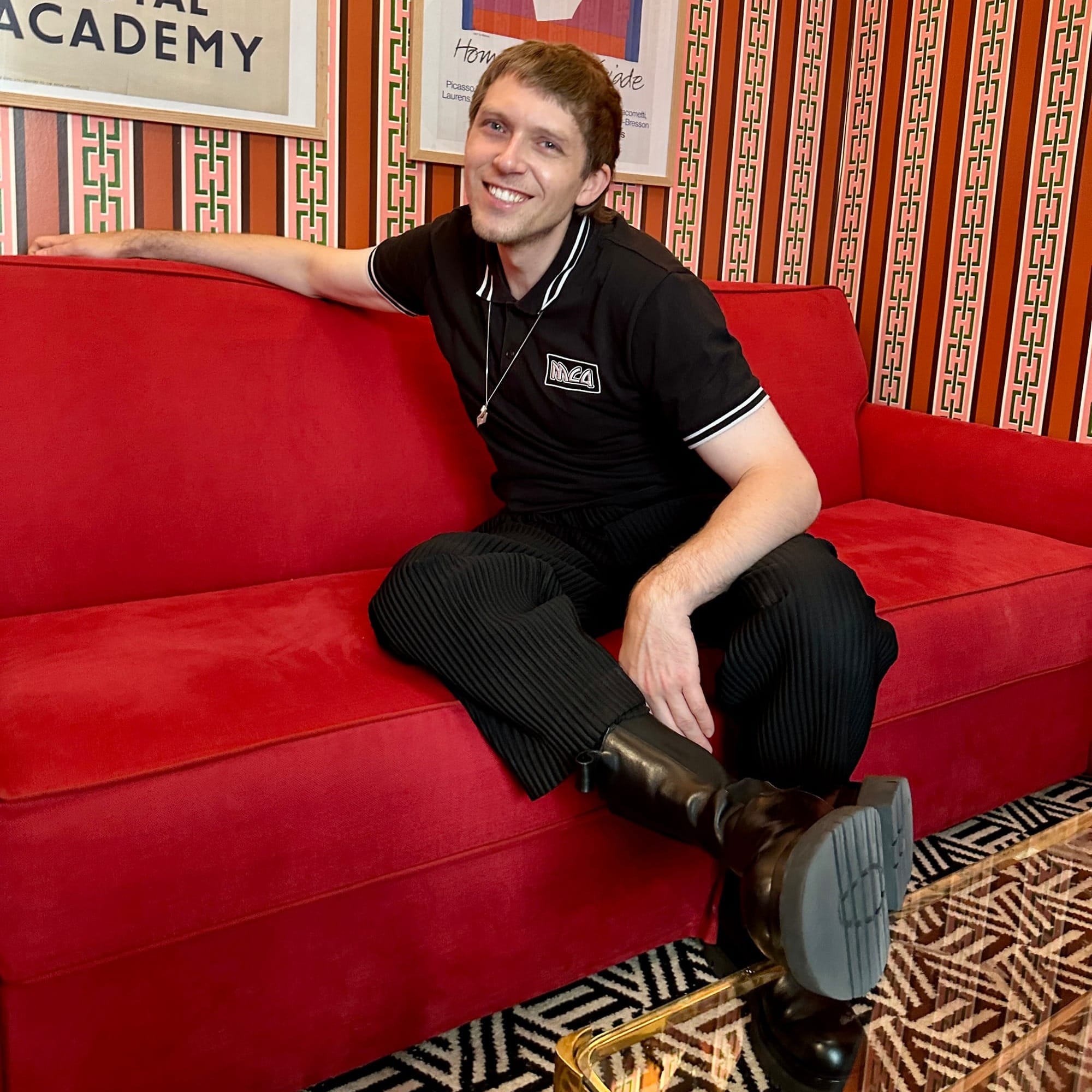
How we help you:
5 ways to team up with the Bureau
1. Fractional Chief Editorial Officer
You: believe that “content” could help you grow your awareness and reputation with the right audiences, but you’re not sure where to start. You might have an existing team already, maybe a marketing or communications lead. But you don’t have the editorial expertise to get to the next level. You want to put words like “irreverent” and “authentic” in your brief, but you don’t want to tell people that’s what you’re trying to do. Ready to get serious?
JD: when they said “be the CEO of your own life,” Shadel heard “Chief Editorial Officer” and so here we are. ¯\_(ツ)_/¯ After more than a decade into a career where they’ve led award-winning media teams, sparked conversations across the internet through their reporting and headed up “content” at startups, Shadel now opens their books to select clients for fractional leadership services — an effective way to get informed editorial expertise on a flexible retainer basis.
Example: Shadel provides fractional editorial leadership to Good On You, recently guiding the fashion brand rating platform's expansion into beauty — producing an original data journalism report and conversation-starting editorial package in the Good On You Journal. The editorial campaign earned coverage everywhere from Financial Times and Fast Company to Vogue Business and The Business of Fashion.

2. Editorial strategy 8-week intensive
You: have been doing the “content” game for a long time now. You have an existing team in place. But your leadership is strapped with “BAU” responsibilities. You know something needs to change. The same old, same old isn’t doing it any more. But who has the time this quarter or next to really deliver on that?
JD: yeah, they grew up watching plenty of home and business makeover shows. And while they know most of those shows were kind of trashy, they bring a similar time-bound energy to this 8-week intensive offering. Over a series of several distinct sprints, Shadel will facilitate a review of your messaging through to your implementation — delivering a new editorial bible to guide your transformation. Unlike reality TV, Shadel also offers ongoing support to make sure it works.
Example: Shadel defined the overarching messaging and narrative framework for the Portland International Airport's locally sourced new terminal, which opened to rave media coverage in 2024, dubbed the local-est airport yet. The framework, focused on the voices of local makers and Tribal forestry partners, came to life in creative work across digital, newsletters, social, out-of-home and environmental installations, and a photo shoot including Portland drag icon Poison Waters.

3. 1:1 counsel for busy small teams
You: don’t have the budget to scale your team right now. And by “team,” you mean you’ve got a few creatives holding down your fort. These creatives might not be writers by trade. Or they might not get 1:1 attention focused on improving their craft or receiving feedback on achieving their goals. Who has the time?
JD: so much of who Shadel is today is due to mentorship from editors and creative directors early in their career. Early on, it improved their skills. But over time, it shaped their approach to collaborative leadership. For select teams, particularly following a strategy process, Shadel can offer such support to help your team.
Example: in a former life, Shadel worked as the lead editor at MEDIAmerica, then one of the leading media companies on the West Coast, where they managed a wide range of established magazine journalists, shaped multimedia stories in support of campaigns with Wieden+Kennedy and Travel Oregon. Their work won awards, but the thing they enjoyed the most was championing creatives of different stripes to tell their most original stories to date (which, yes, included Shadel hiking with a Bigfoot hunter in the Blue Mountains of eastern Oregon and repelling from a helicopter onto a cargo ship in the Pacific and riding to shore with the Columbia River Bar Pilots).

4. Long-form journalism
You: could be at a legacy media outlet looking for new perspectives, a start-up looking to change the way journalism works in our current climate, or a social impact organization with a focus on data- and trends-based reporting. You want to make a splash — maybe a new column or a headline-worthy report — but don’t know who to tap?
JD: from voice-y long-form columns on trending topics to deep-dive reports based on original data, Shadel has contributed to major newspapers, magazines, trend consultancies and social impact organizations aiming to publish well-told true stories. Whether it’s a one-off or an ongoing idea, let’s talk.
Example: in January 2023, Shadel started writing the Future of Travel series for Condé Nast Traveler, a regular feature taking a balanced look at the bold ideas and powerful forces reshaping the world around us and how we move through it. Since launching the column, they've covered everything from hotels in space and ChatGPT's launch to dating apps' travel features and the growing carbon impacts of commercial aviation. Shadel has spoken about their work in the column at Condé Nast's 2023 Points of View event in New York City and the inaugural Points of View UK event in London in 2024.

5. Omnichannel copywriting
You: have compelling stories but need help making them work across platforms — from long-form web experiences to interface microcopy to maybe even exhibition-like IRL experiences. You know every word needs to earn its place. Who can bridge that gap between narrative and usability?
JD: draws on their experience as both a content strategist for Webby Award-winning apps and a long-form journalist to make digital experiences feel more human and environmental experiences feel plugged-in. Their philosophy? Format follows medium — what works for an immersive website won't fly in an enterprise app where every word creates friction. They particularly enjoy collaborating with designers who value voice.
Example: Shadel led UX copywriting for Good Measures, the first comprehensive transparency tool for fashion brands, launched by Good On You x FARFETCH in 2022. Now used by leading luxury and independent brands, the SaaS tool required both clear interface copy and compelling messaging, which earned coverage from Vogue Business to The Business of Fashion.

1, 2, 3, 4 or 5? Let's talk.
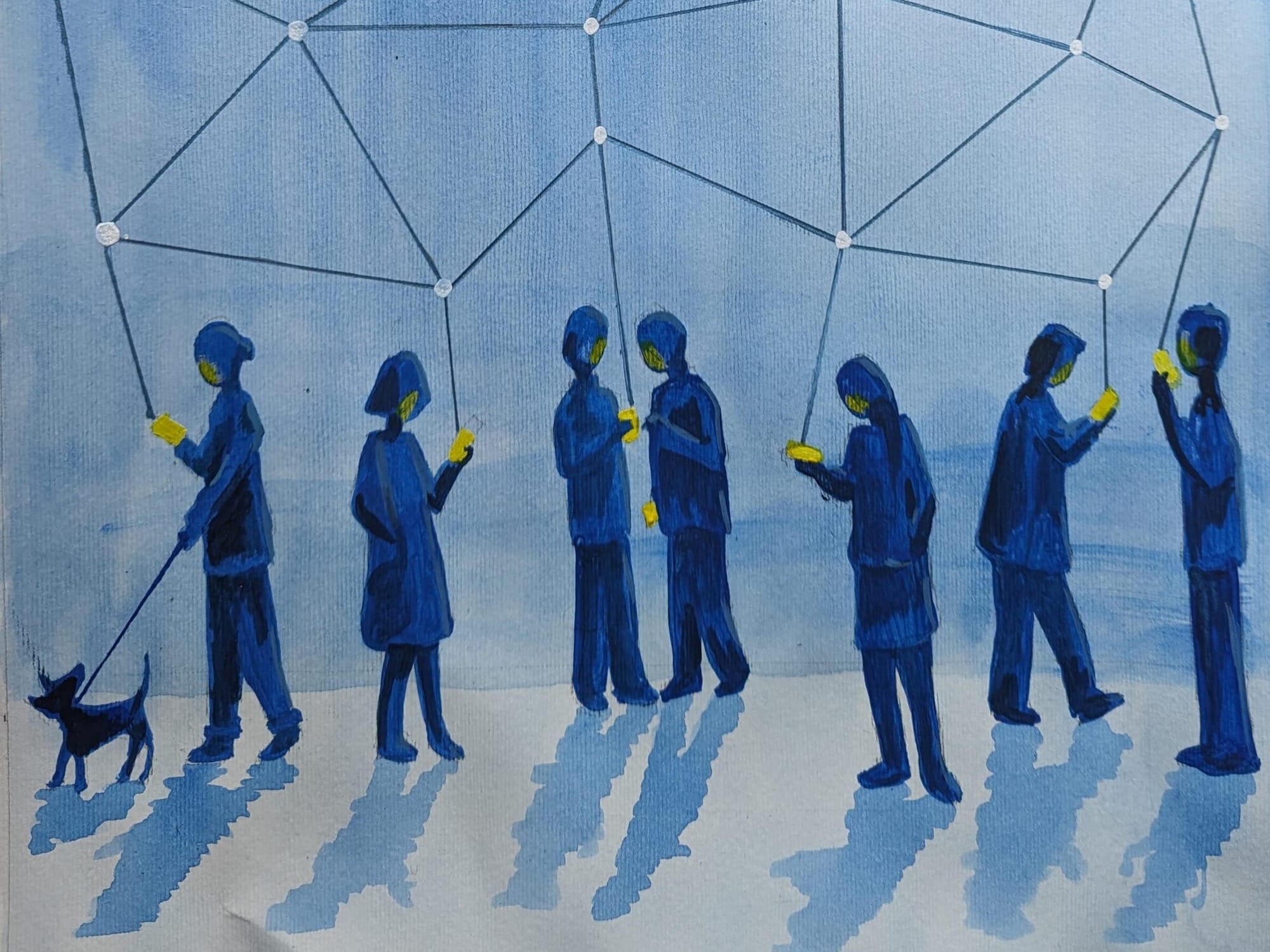
Our approach:
The Bureau's editorial philosophy
Reality check: people don’t pay attention to boring.
You, friend, would never do this. But entertain the thought experiment: If you wanted to scale up your content operations with loads of synthetic “AI” garbage content, then you’d quickly prove our guiding principle: most people you want to reach don’t read, watch or listen to boring.
Most people you want to reach do, of course, read, watch and/or listen.
But not to boring.
In fact, most audiences don’t care about your “AI” whatever — they care about what’s relevant and interesting to them. And, of course, they care about cats! “AI” boring stuff won't be interesting to them. But synthetic “AI” generated cats might still be, I regret to admit, given the energy demands of generating all those synthetic cats, based on stolen data from cat artists and cat photographers. Not cool!
Never say you've got something for everyone unless by something you mean cats and by everyone you mean the internet. It's how the web works. Even early internet GIFs of cats peering through a page blinking will be of interest to audiences throughout internet history. See:
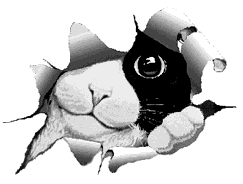
While you might see some positive numbers on some channels with your generic synthetic slop, this will be a game of diminishing returns, even if you're a synthetic cat influencer. (This is a prediction, first published November 2024, that synthetic pet influencers will see some success, which is kind of gross but it proves this point about what's interesting and relevant to people on the web — and the priorities of the platforms, which even in November 2024 were full of synthetic slop.) On top of all that, you’d be contributing to the decay of quality human creativity on the internet (and cat creativity on the internet). What you won’t be is remembered for the right reasons.
Ironically, we’ve reached a point in the history of the internet where the wisest approach is a return to the fundamentals of being relevant and interesting to the right people.
Arguably, the key to growth in this climate is focusing on what's real.
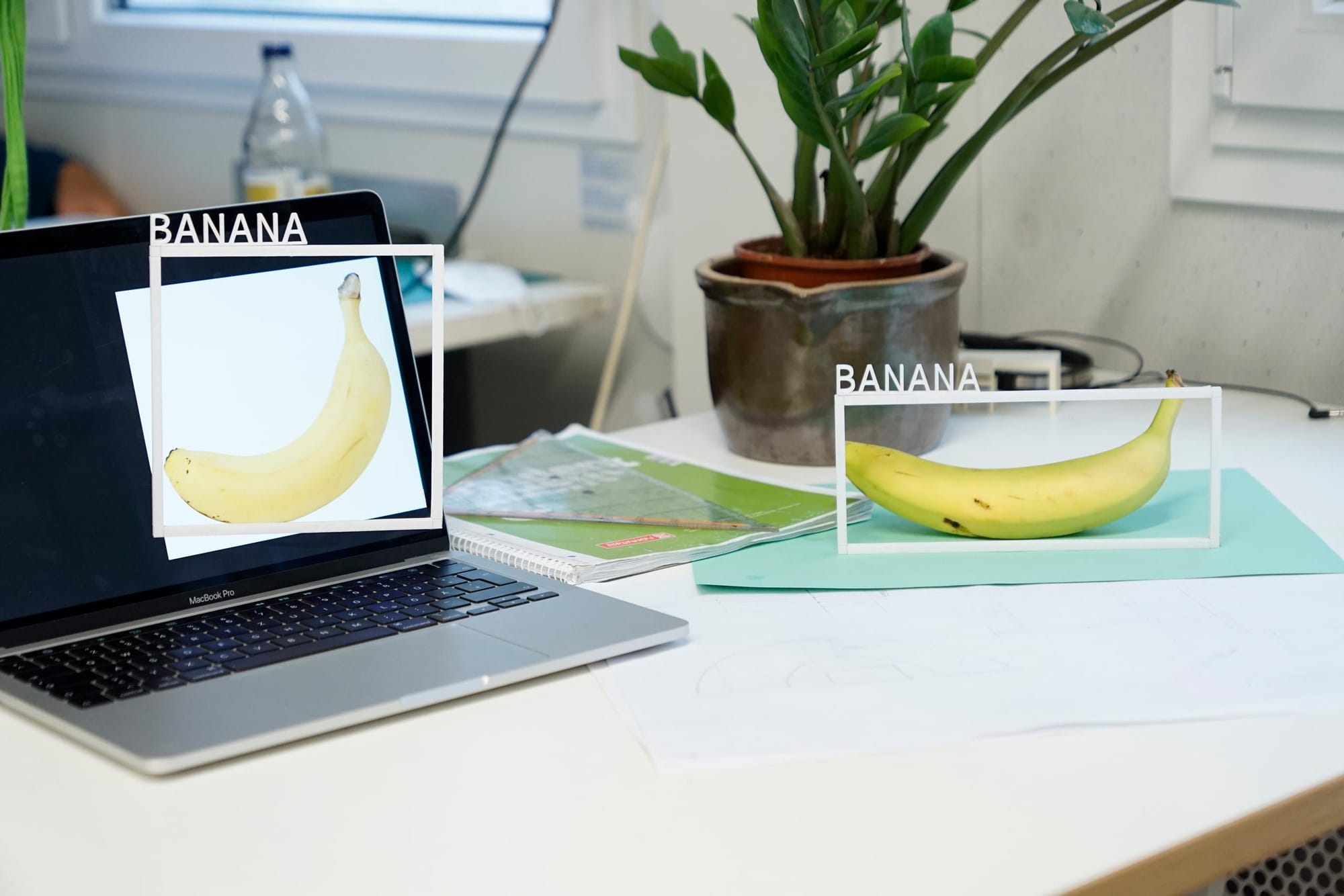
In other words, unless you’re a cat — or maybe a human selling water — “something for everyone” will only get you so far. (Even in the water vertical, look no further than ad-land LinkedIn's favorite consumer brand, Liquid Death, for proof on how dialed-in and consistently executed voice helps earn attention. And yet, Liquid Death exited the UK market after sales failed to, well, make a splash. Equally as much, what matters is whose attention you're getting. What marketing dudes on LinkedIn think is cool is rarely what your audiences think is cool, unless your audience is marketing dudes.)
There’s a reason that digital media companies that built their businesses around social media algorithms and massively generic audiences have floundered in the mid-2020s. There’s a reason that the digital media ecosystem is splintering like a shattered windshield into niche interest groups, often formed around individual creators people come to identify with. There’s a reason once-powerful media outlets and brands stuck in a 2000s or 2010s approach to “content” are struggling to orient themselves in this moment.
And it’s all reason to rethink how you play the long game at a foundational level.

Keys to effective editorial strategy
The answer for you might be editorial strategy. Across Shadel’s work for major media, as well as with like-minded brands and agencies, there’s a consistent through line: clients who don’t want to ruffle any feathers rarely soar.
That chatty “conversational” millennial startup voice won’t cut it anymore. Bland keyword loaded “content” won't do, either. Now, all of a sudden, “authenticity” is again the buzzword du jour. But the answer is not a pivot to what you perceive to be Gen Z or Gen Alpha — or Gen Zalpha — slang (and thereby, more often, appropriating it in a way that makes your brand read like Steve Buscemi).
There’s a reason the best feature journalism, the best socially conscious art and the best film (even a few of the best ads) from the mid-20th century still feel fresh in the 21st: it’s because the creators had something strikingly original to say — something that was both timely and told in a timeless way.
But let's be super clear: nostalgia isn't the point.
As we see in a contemporary context, even as we’re all overrun by emails, there’s a reason we immediately open one or two independent newsletter writers who’ve earned our trust and therefore our ritualized attention. I'm sure you can count a dozen niche examples of timely work that has a timeless appeal in your own life. If that's not the reach goal for everything we do, then why, folks, are we in this line of work?

While there’s no shortcut, there’s some shorthand that underscores the value in aiming for timely and timeless (and, where relevant, cats). That’s what Shadel means when they talk to clients about, ahem, the five “rights” of editorial strategy:
1. the right story
2. told for the right reasons
3. with the right words
4. in the right tone of voice
5. and in the right contexts.

The keys to effectively delivering on an editorial strategy like that are defining your story in relation to your audiences’ attention diet; having a clear “villain” in your story, no matter how silly (and know that you’re also the “villain” to somebody’s “hero”); consistently delivering on your core premise (which might simply be a dancing banana, and that is great); and being realistic about the fact that people won’t pay attention if it’s not interesting and relevant to them.
Relevant + interesting = timely + timeless.

Make contact
You want to stand out and earn attention — for the right reasons. You email JD. Nice!
Email JD